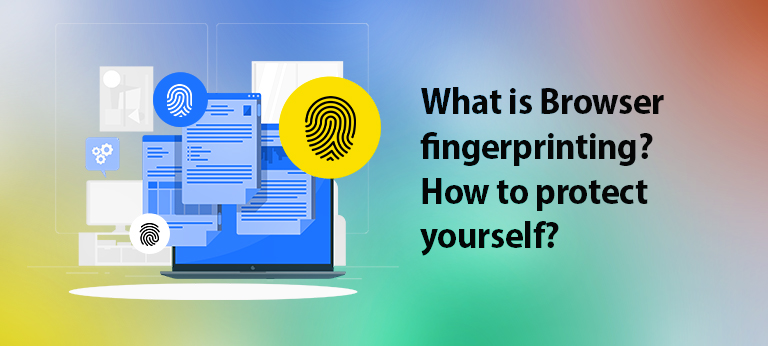Are you concerned about internet privacy? If that is a no, you must be. There’s a lot of profit to be gained in figuring out where consumers go on the internet, when they go and why. Firms are scrambling to develop new and subtler ways to monitor anything they do.
Don’t believe you’re safe because you’ve installed an adware-blocking web browser, antivirus programs, or the greatest VPN. Cookies were identified as a privacy danger more than 20 years ago. Monitoring corporations have been working for a long time to create more sophisticated privacy-busting technology.
Browser fingerprint is likely near the top of the ‘most hazardous’ tracking statistics right now since it’s accurate, difficult to detect, and so many platforms do absolutely nothing to protect you. In this post, we’ll describe how the system works, explain to you how and where to verify it for yourself, and provide free tools to keep you secure.
Understanding Browser Fingerprint Technology
Finding and issuing a unique ID to individuals on the internet is all about ensuring the advertiser (or anyone) can recognize them as they travel across the web.
Installing a cookie, monitoring your IP address, or even convincing you to stay hooked into your social networks or other accounts might all be part of this. However, consumers are becoming more aware of this and are learning how to combat it. They may change the browser security settings to manage or prevent cookies. For example, they may download a VPN to conceal their IP address or use private browsing to minimize what others will see about them.
How Does Technology Work?
When you visit a website, it’s simple to confuse your gadget with another. If you’re using Chrome, for example, you’re one among millions, and it’s easy to assume you’ll blend in.
The issue is that websites do not recognize you as a ‘visitor running Chrome.’ Some well-chosen JavaScripts enable them to identify a slew of system characteristics, making you significantly more recognizable.
How to Test Your System?
Browser fingerprinting may appear technical, but you don’t need to be a specialist to grasp the essentials. Simply visiting a few fingerprint testing sites can give you a good idea of how it works and how successful it may be.
Cover Your Tracks (tries to open in a new tab) is a freeware application provided by the Internet Frontier Foundation. Access the website, click Test The Computer, and it will display to you the many characteristics that comprise your fingerprint and describe what it signifies in a few seconds.
Preventing Browser Fingerprinting In Your System
Because the technique may use so many different bits of data about the computer to produce a unique ID, completely preventing browser fingerprinting is challenging. However, there are several strategies to lower the risk:
- • If you use Firefox, for example, you’ll benefit right away from its Improved Tracking Protection, which prohibits recognized finger printers from accessing your machine. And, while it is still branded ‘experimental,’ its Fingerprint Identification Protection feature provides additional use by modifying how your typefaces, standard time, software version, language, and other characteristics are sent to websites.
- • The Brave browser includes even more complex features, including a Shields feature that can prevent canvas, WebGL, and many other sorts of fingerprinting (the firm explains everything on its Fingerprint Identification Defenses website).
- • Chrome lacks the same built-in capabilities, but there are browser plugins to address the holes. Canvas has a Fingerprint Defender that adds a small number of background fluctuations to canvas results, guaranteeing that sites cannot obtain a reliable fingerprint. It’s dead easy; there’s nothing to set up; it just works.

